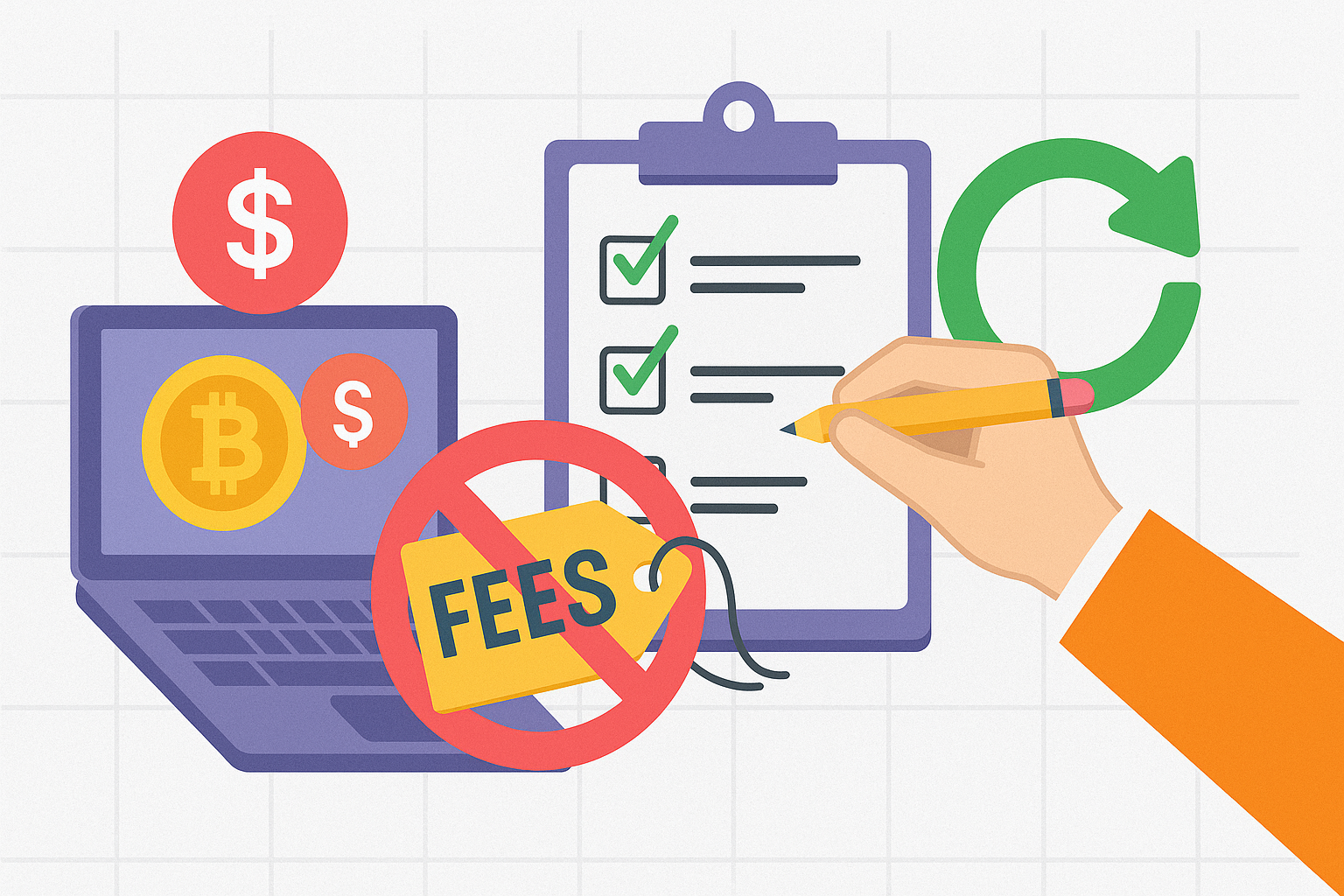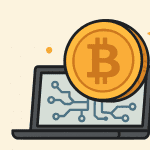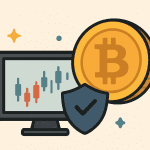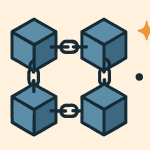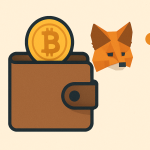If you’re new to crypto, you might be surprised by how much fees can cost. Whether you’re buying, trading, or sending crypto, fees can add up fast — and eat into your profits.
In this article, we’ll explain what crypto fees are, why they exist, and most importantly — how to avoid paying too much. Everything is written in simple English, so even beginners can understand and apply these tips.
Contents
What Are Crypto Fees?
Crypto fees are small charges you pay when doing certain actions with cryptocurrencies. The most common types are:
-
Trading fees – Charged when you buy or sell on an exchange.
-
Withdrawal fees – Charged when you move crypto from one platform to another.
-
Network fees (also called gas fees) – Paid to blockchain miners to process your transaction.
Every exchange or wallet has its own fee structure, and different blockchains (like Bitcoin or Ethereum) have different network fees.
Why Are Crypto Fees High?
Crypto fees can be high for several reasons:
-
High network traffic: When lots of people are using a blockchain, fees rise.
-
Small transactions: If you send small amounts, the fee may be a big part of it.
-
Certain coins: Some cryptocurrencies, like Ethereum, often have higher fees than others.
-
Exchange policies: Some platforms charge more than others for trades and withdrawals.
Luckily, there are ways to reduce or even avoid these high fees.
Tip 1: Use Low-Fee Exchanges
Different crypto exchanges charge different trading fees. Here are some examples:
-
Binance: 0.1% per trade (or lower if you use BNB to pay fees)
-
KuCoin: ~0.1%
-
Coinbase: Can be 1.49% or more!
If you want to save money, choose an exchange known for low fees.
Pro tip: Look for fee discounts. Many exchanges give lower fees if you trade a lot or use their native token.
Tip 2: Choose the Right Network
When you send crypto, you often can choose which blockchain network to use. For example, when sending USDT (Tether), you might see these options:
-
ERC-20 (Ethereum): High fees
-
TRC-20 (Tron): Very low fees
-
BEP-20 (Binance Smart Chain): Low fees
Always check the network fee before sending. If the wallet or exchange allows it, choose a network like TRC-20 or BEP-20 to save money.
⚠️ Important: Make sure the receiver supports the same network! If not, your crypto may be lost.
Tip 3: Avoid Small Transactions
Sending many small transactions can cost more than sending one large transaction. That’s because every transaction has its own fee.
If possible:
-
Combine trades or transfers into one.
-
Avoid “micro-transactions” unless necessary.
Tip 4: Trade at the Right Time
Network fees (especially on Ethereum) can change throughout the day. They’re usually higher when the market is busy.
Use websites like:
-
Etherscan Gas Tracker
-
BitInfoCharts
These sites show current fee levels. Try trading or sending crypto during off-peak hours, like early mornings or weekends, to get lower fees.
Tip 5: Use Layer 2 Solutions
Some blockchains now have Layer 2 systems that help lower fees. Examples include:
-
Arbitrum
-
Optimism
-
Polygon
These work on top of Ethereum and offer faster, cheaper transactions.
You may need to bridge your assets first, but once you’re on Layer 2, you can save a lot — especially on gas fees.
Tip 6: Watch for Hidden Fees
Sometimes, the fee isn’t obvious. For example:
-
When you convert crypto (like BTC to ETH), the platform may offer a bad exchange rate instead of showing a fee.
-
Some wallets charge fees to receive crypto.
-
Credit/debit card purchases often include high extra charges.
Always compare prices and check the final amount before confirming any transaction.
Tip 7: Stake or Hold to Reduce Fees
Some platforms reward users who stake their tokens or hold a certain amount of the exchange’s coin. This can give you:
-
Discounted fees
-
Cashback
-
VIP levels with better rates
Check if the exchange offers fee benefits for being an active or loyal user.
Final Thoughts
Fees are a normal part of using crypto, but that doesn’t mean you have to overpay.
By using low-fee platforms, choosing the right network, and making smart decisions, you can save a lot in the long run. Even small savings can make a big difference — especially if you trade often.
Start by reviewing your current platform and transactions. With just a few small changes, you can keep more of your crypto in your wallet — and out of the hands of fees.
